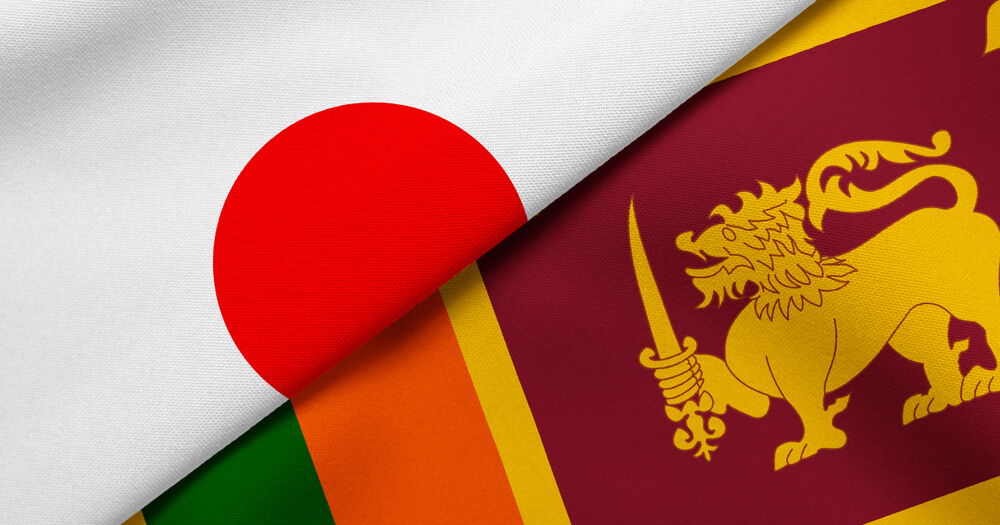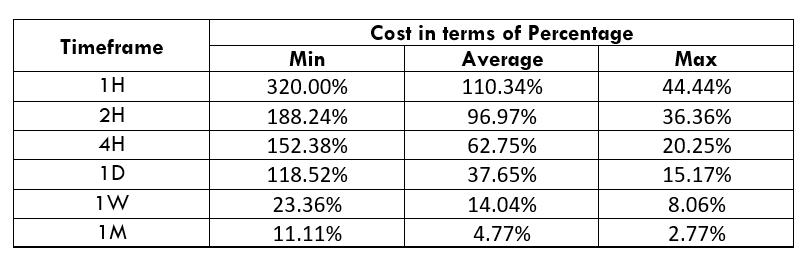Introduction
JPYLKR is a forex exotic currency pair, where JPY is Japan’s currency, and LKR is the currency of Sri Lanka. In this currency pair, JPY is the first currency, and the LKR is the second currency. The JPYLKR shows how much LKR is needed to have one JPY. It is quoted as 1 JPY per X LKR. For example, if the value of this currency pair is at 1.7686, then almost 1.7686 LKR is required to purchase one JPY.
JPYLKR Specification
Spread
The spread comes from the difference between the Ask and Bid price that a broker take as a charge. This value is set by the broker. However, it varies on the type of execution model used for executing the trades. Below are the ECN and STP values of JPY/LKR forex exotic pair.
Spread on ECN: 19 pips | Spread on STP: 24 pips
Fees
Every broker takes fees from trading, which is similar to the stock market. However, there is no fee on STP accounts, but a few pips on ECN accounts.
Slippage
Sometimes the entry price and execution price does not match, which is known as Slippage. The reason for slippage is the market volatility and the broker’s execution speed.
Trading Range in JPY/LKR
Procedure to assess Pip Ranges
- Add the ATR indicator to your chart
- Set the period to 1
- Add a 200-period SMA to this indicator
- Shrink the chart so you can assess a large time period
- Select your desired timeframe
- Measure the floor level and set this value as the min
- Measure the level of the 200-period SMA and set this as the average
- Measure the peak levels and set this as Max.
JPYLKR Cost as a Percent of the Trading Range
With the volatility values from the above table, we can determine the chance of cost with volatility changes. We have got the ratio between total cost and volatility and converted into percentages.
ECN Model Account
Spread = 19 | Slippage = 5 | Trading fee = 8
Total cost = Spread + Slippage + Trading Fee
= 19 + 5 + 8
STP Model Account
Spread = 24 | Slippage = 3 | Trading fee = 0
Total cost = Spread + Slippage + Trading Fee
= 19 + 5 + 0
Total cost = 27
The Ideal way to trade the JPYLKR
The JPYLKR has enough volatility and liquidity. Hence, trading in this currency pair is straightforward and profitable. The above table’s percentage values are within 300%, which is an indication of stable volatility. Therefore, the costs are low irrespective of the timeframe and volatility you trade.
Digging it a little deeper, there is an inverse relationship between the cost and volatility. In a lower timeframe, the volatility is higher, and the cost is lower. However, in a higher timeframe, the volatility is lower, but the cost is higher. In this situation, traders should focus on trading when the volatility is on the average value. Therefore, it will be cost-efficient for all traders.
Furthermore, traders can quickly reduce costs by placing ‘limit’ and ‘stop’ orders. Because by using limit orders, the Slippage can be totally avoided, and the total costs get reduced. In our example, the total cost will be reduced by five pips, as shown below.
Using Limit Orders
Spread = 19 | Slippage = 0 | Trading fee = 0
Total cost = Spread + Slippage + Trading Fee
= 19 + 0 + 0
Total cost = 19






